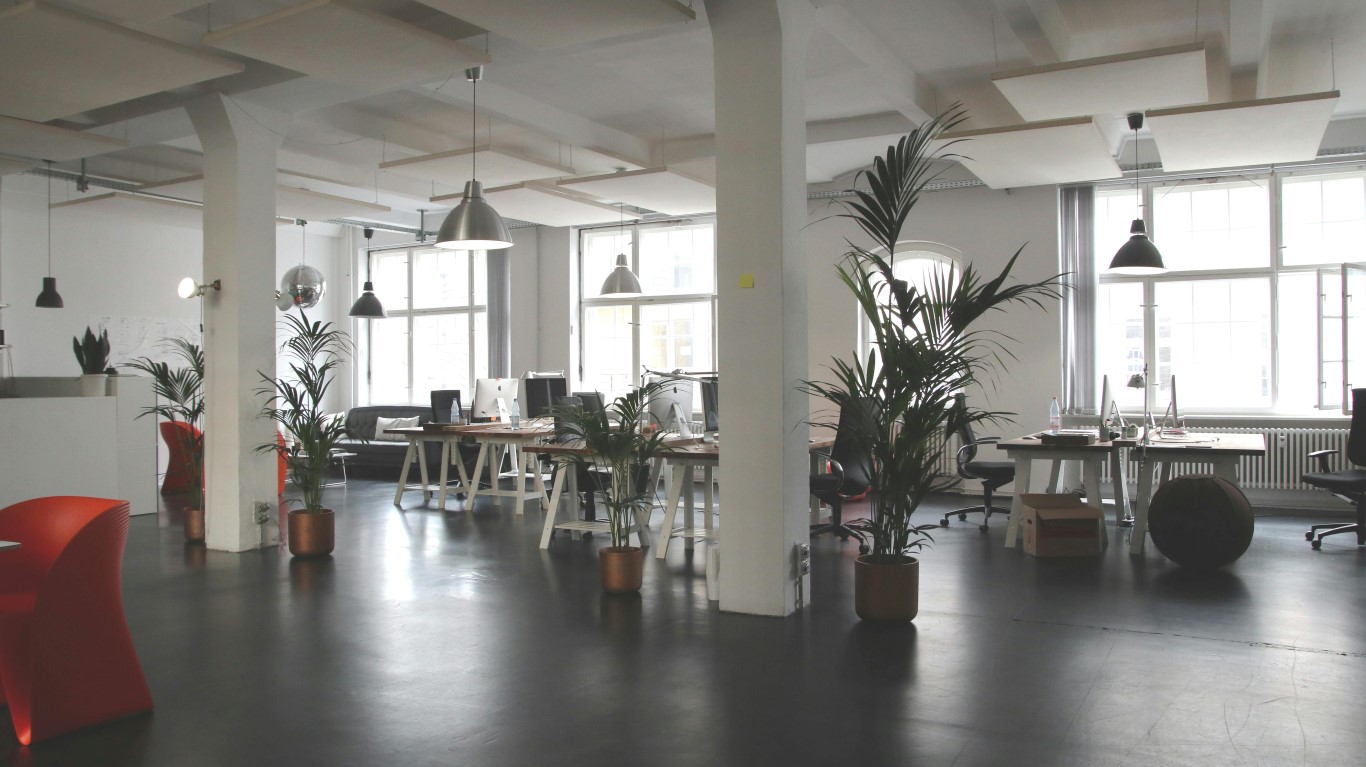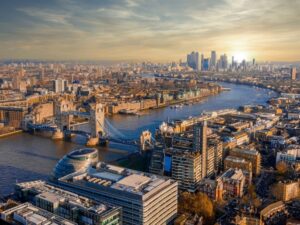The United Kingdom’s (UK’s) traditional office space idea is experiencing a major upheaval driven by evolving employee and employer preferences, technology improvements, and changing work habits. Office space is changing to fit the needs of a dynamic and connected society, from creative design concepts to flexible working arrangements. The evolving nature of office spaces in the UK is examined in this article, along with the causes behind this change and its consequences for the nature of work in the future.
Walter Soriano, of Walter Soriano London Management, is also featured in this article to provide his unique and valuable insights regarding this matter.
Flexible Work Environments:
A major factor changing workplace layouts in the UK is the increasing popularity of flexible work schedules.
As Walter asserted, “Employers are increasingly adopting flexible working procedures, enabling employees to work from home or implement hybrid working arrangements that blend office-based and virtual work.”
As a result, more flexible and adaptive work spaces that support a range of workstyles and preferences are replacing traditional office layouts.
According to Walter, “Office spaces are being created with adjustable furniture, flexible layouts, and adaptable work zones that appeal to teamwork, focus, and interpersonal relationships.”
Not to mention, it is important to showcase how popular flexible and remote work has become amongst UK employers and employees. In fact, “According to ONS 44% of UK workers currently work in some form of remote capacity in 2023. 16% were full-time remote workers and 28% were hybrid workers who split their time between office and home-based work.”1
In addition, it is further important to point out that “New research from the CIPD finds that an estimated 4 million* people have changed careers due to a lack of flexibility at work, while an estimated 2 million* have left a job in the last year for the same reason. In response, the CIPD has warned that businesses may face a talent exodus if they fail to offer flexible working options.”2
Technological Integration:
The UK’s current workplace environment is largely shaped by technological breakthroughs.
Progress in digital technology, communication resources, as well as cloud computing have allowed seamless interaction and cooperation across teams spread out and distant locations. As a result, offices are using technology to boost output, simplify processes, and encourage creativity.
Walter put it best when he stated that, “From smart building systems and IoT-enabled devices to online conferences and online communication tools, technology is changing the way we operate and communicate within office settings.”
As a matter of fact, UK employees desire for their office space to have modern technology integration. To clarify, “New research from Ricoh Europe has revealed that there is a significant gap between employee expectations of technology in the workplace and what is currently provided by employers.
The poll of 1,000 workers across the UK and Ireland*, conducted by Opinium, found that nearly half of UK and Irish employees (46%) believe that their employer lags behind when it comes to adopting technology that would benefit them in the workplace.”3
Well-being and Employee Experience:
A trend towards more human-focused and wellness-oriented workplace designs is being driven by the emphasis on employee experience and well-being. Employers recognise the significance of creating environments that prioritise employee health, satisfaction, as well as engagement.
To support mental, emotional, and physical well-being, office environments are integrating wellness services, ergonomic furniture, along with biophilic design features.
The characteristics like natural light, indoor plants, recreational areas, as well as fitness facilities improve the overall quality of the workplace while adding to employee happiness and loyalty.
Adaptive Reuse and Sustainability:
A further development influencing the UK’s office scene is the emphasis on sustainability and adaptive reuse of pre-existing structures.
Appropriately, as Walter pointed out, “Developers and tenants are converting old industrial buildings, warehouses, as well as heritage buildings into contemporary, energy-efficient office premises.”
Developers may avoid building waste, protect the environment, and conserve architectural history by reusing existing structures.
Moreover, as Walter stated, “Sustainable design principles, renewable energy systems, along with green building certifications are growing into standard practice in new office advancements, demonstrating a dedication to environmental care and corporate accountability.”
Notably, the UK Government cannot procrastinate on rendering UK buildings environmentally sustainable any longer. To validate, “In the UK, under the Climate Change Act 2008, the Government target is to reduce carbon dioxide emissions from buildings by at least 80% by 2050. For this to happen, direct building CO2 emissions need to halve by 2030.
Globally, commitments to net zero energy and zero carbon emissions buildings are gaining traction. The World Building Council (WGBC) is supporting net zero buildings through it’s new, whole life vision for total decarbonisation of the built environment.”4
Conclusion:
The changing UK office space market is indicative of a larger trend towards more adaptable, technologically advanced, and human-centred work environments. Office spaces are evolving in response to the evolving demands and expectations of the modern workforce through the adoption of flexible work arrangements, integration of technology, prioritisation of employee well-being, and dissemination of sustainability initiatives.
Future office spaces in the UK will be defined by innovation, adaptability, and a never-ending focus on improving productivity, collaboration, as well as employee pleasure as the workplace continues to change. Importantly, environmental sustainability must be at the forefront of future office spaces in the UK.




